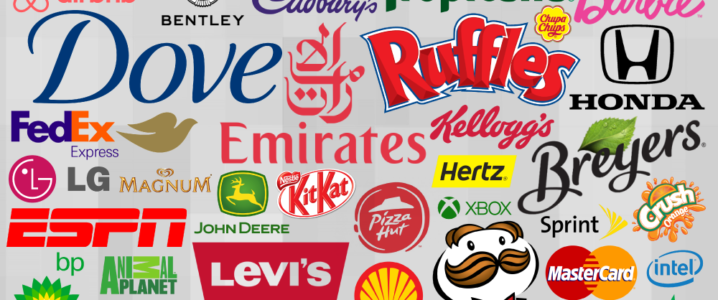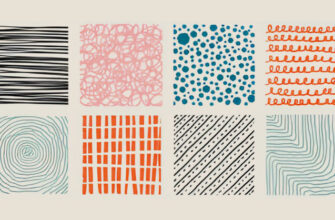Apple is a brand and its logo is simple yet the story behind it is not. It takes a lot of effort and one has to go through a defined process to create a logo. It’s not just a graphic; it’s the pillar which holds the brand. You need recognition for your brand and that is the vital function of a logo. A great logo appears to be the lifeblood of a brand. For this important task you need to understand the principals and pitfalls of designing in creating a logo for your business.
Once you’ve picked a domain name for your company, designing a logo is not merely just sketching, coloring and shaping. It requires a proper step by step process in which the first step is to explore what logos are all about, what they mean and what roles they have been playing for the top class companies and even small ones. Let’s keep it simple and go through these points:
A Logo Must be:
- • Simple – It’s easily recognizable and allows the logo to be versatile and memorable. Effective logos feature something out of the file without being overdrawn.
- • Memorable – A simple yet attractive logo is key to make customers remember your brand.
- • Enduring – An enduring logo is one which surpasses the test of time. The logo should be such that it doesn’t fade with time because it has to stay with the customers for ages and ages.
- • Versatile – An effective logo should be versatile, to be able to fit in different mediums and applications accordingly.
- • Appropriate – The logo should complement your brand; in other words it should have prominent connection with your company.
If you keep some of these essentials on your way to create a logo, you will surely achieve your target. But there is more to it. A logo is a long term investment which will make a huge impact on the target audience, therefore ample amount of time, research and thinking is to be invested in it. At the same time, building a strong online presence on Instagram or Facebook is crucial too; some businesses even choose to buy Instagram followers to quickly enhance their social media credibility and reach.
Well when it comes to the process of designing there are no hard and fast rulesas to how to conduct the process but these are the basic steps that a designer should definitely take:
1. Immerse Yourself In The Brand
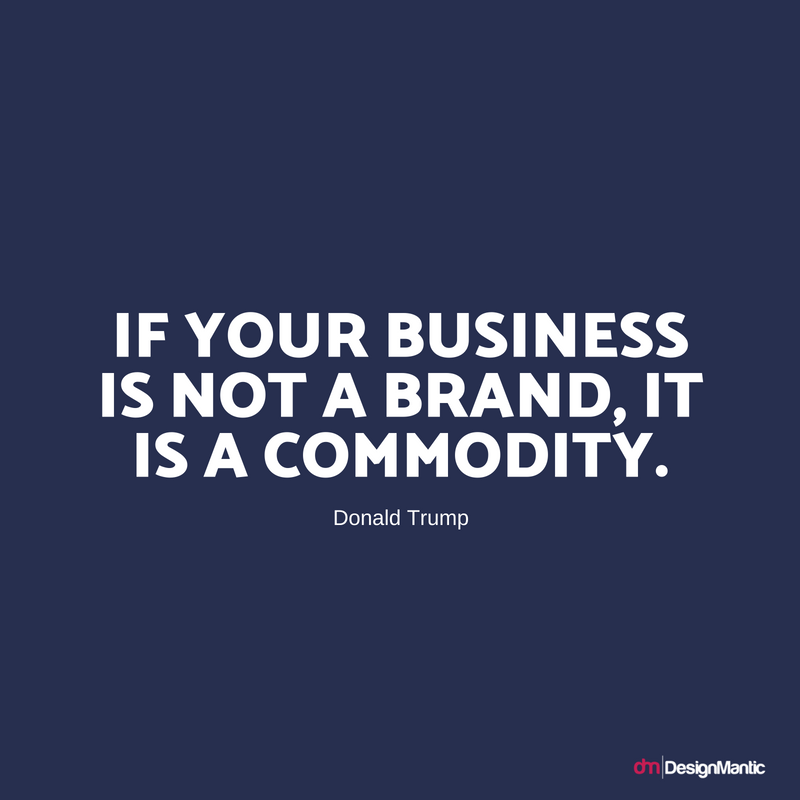
a. Design brief
Prepare a questionnaire for the client, designed to know what their needs and expectations are. Interview the client and be very clear about what they want.
b. Research
Get to know about the industry and company itself. Only adequate information will lead you to an effective logo. You should definitely know the following about the company you work for:
- History of the company.
- The closest competitors in business.
- The target audience, their geographical location and demographics.
- Ask for their social media handles if they run multiple social media accounts. Get details of all their branches whether they’re located in multiple physical locations or virtual offices.
c. Reference
Conduct a research on the current designs and trends; look for the successful logos in that particular industry try to go to the roots of its success.
d. Sketching and conceptualizing
On the basis of the brief and research, develop the logo design concepts.
Before moving on to the graphics on computer, use paper and pencil, and draw what you understand through your research and what needs to be communicated.
e. Reflection
Give yourself time while developing designs, take breaks and boost yourself up with refreshed ideas, modified creativity and enhanced concepts. Avoid being in a hurry. Take constant feedback and maintain enthusiasm.
Related: 8 Steps to Logo Design Process: A to Z
2. Acing The Typography
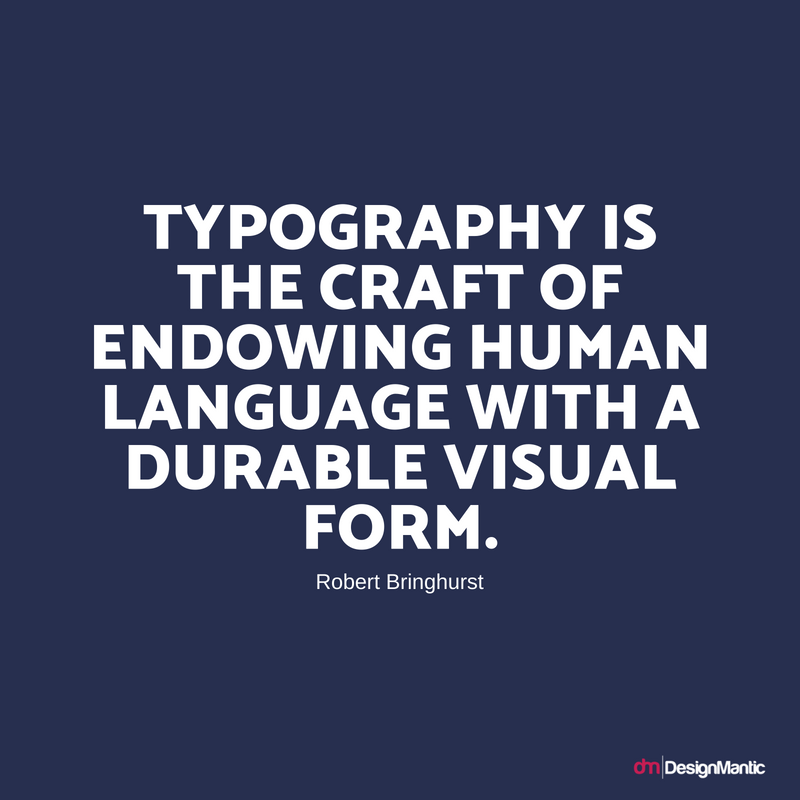
Typography is not just about putting the words in fancy shape and colors, rather it requires a creative skill set as well as artistic imagination to make such a simple thing attractive and eye catching.
a. Choose your typeface carefully!
You usually have to choose from two options
- • Customize your typeface
- • Or settle for a prevailing one
If you are going for the custom typeface keep it simple with depicted words. On the other hand, you can use common words for a more stylish outlook.
b. Avoid using gimmicky fonts
Keep it classy and simple. Make sure your font and size complements the design. Overdoing it will eventually make it look indecent and unappealing. If your logo is going to be featured prominently in an interactive online brochure for a medical company, you don’t want it to be overly flashy. Although funky fonts are amusing but at times they can dent your logo’s neatness.
c. Compliment the type with the brand
Matching the nature of the brand with the size, weight and font is very important. Your niche decides the persona of your logo. For instance, if you belong to a niche such as law or medicine, your users would like to see a formal designed logo rather than an unconventional and modish design.
d. Using the space
Use the space around your logo sensibly. You need to be careful about the placement of the logo depending upon the angle of view.
3. Graphic Design
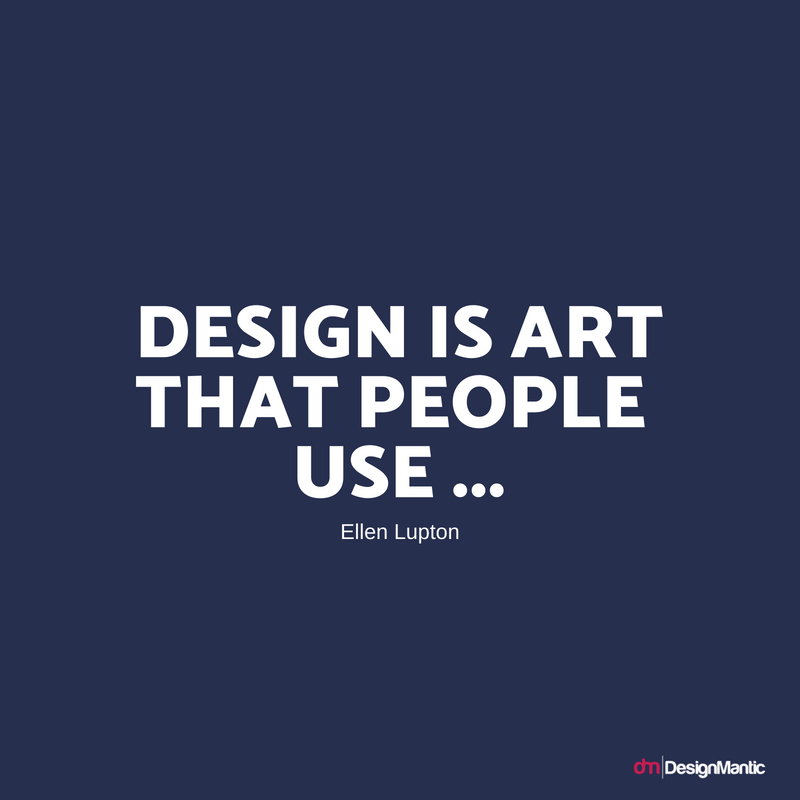
Go dynamic with your designs!
Try adding a sense of movement in your graphic designs – consider the size, position, and rotation within your designs and play with it accordingly. Use the right laptop for graphic design to ensure consistency and efficiency.
a. Do not overdo a design
Don’t let the logo lose its identity. Keeping it simple is not a secret formula, as all famous logos like Nike, Apple, McDonalds, etc are simplest yet most elegant in the world of logos.
b. Just Two Fonts
If you don’t want your logo to become a smudge then it is suggested to stick with just two fonts. Each font is different and it will be time consuming for the viewer to remember them. The key is to keep it recognizable by simply stuffing it less. That’s why, many gaming servers such as GTA RP servers use just two fonts for their logo.
c. What to color?
Filling in the colors should be your last step of designing the logo, so keep it till the very end and stick to black and white during the course of the process. Most business owners like to keep one color to represent them so seek their assistance when it comes to color. Make sure that the choices of colors are such that they work on dark backgrounds.
d. Make it future proof
Make your logo in all sizes. Cut down as much as you can because logo has no age. It will become someone’s lifetime identity and you should keep in mind this very aspect when designing the logo.
e. Collaborating with a Professional Designer:
When creating your logo, partnering with a skilled designer can make all the difference. A professional designer not only brings expertise in aesthetics and design principles but also offers a fresh perspective on how your logo can effectively communicate your brand’s message.
4. Presentation

It is advisable to deliver a few designs initially to the client or a set of designs, get feedback and work on them until the client is overwhelmed with your deliverance.
Sketch, create and design. Explore creativity in a unique manner!

